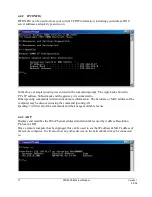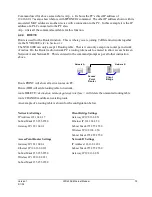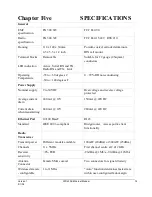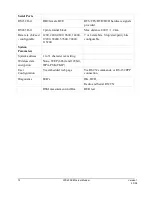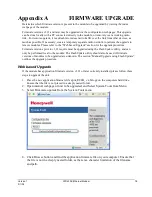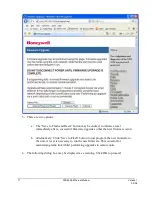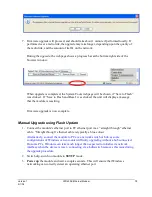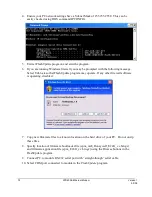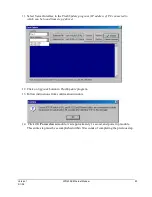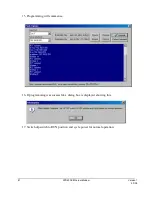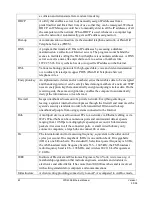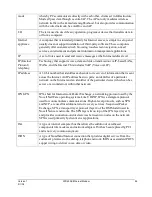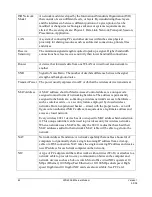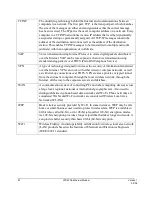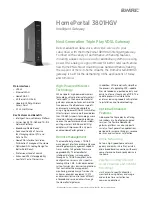
85
XYR400E Ethernet Modem
Version 1
5/1/08
ISO Network
Model
A network model developed by the International Standards Organization (ISO)
that consists of seven different levels, or layers. By standardizing these layers,
and the interfaces in between, different portions of a given protocol can be
modified or changed as technologies advance or systems requirements are
altered. The seven layers are: Physical , Data Link, Network, Transport, Session,
Presentation, Application.
LAN
A system of connecting PCs and other devices within the same physical
proximity for sharing resources such as an Internet connections, printers, files
and drives.
Receive
Sensitivity
The minimum signal strength required to pick up a signal. Higher bandwidth
connections have less receive sensitivity than lower bandwidth connections.
Router
A device that forwards data from one WLAN or wired local area network to
another.
SNR
Signal to Noise Ratio. The number of decibels difference between the signal
strength and background noise.
Transmit Power The power usually expressed in mW or db that the wireless device transmits at.
MAC Address
A MAC address, short for Media Access Control address, is a unique code
assigned to most forms of networking hardware. The address is permanently
assigned to the hardware, so limiting a wireless network's access to hardware --
such as wireless cards -- is a security feature employed by closed wireless
networks. But an experienced hacker -- armed with the proper tools -- can still
figure out an authorized MAC address, masquerade as a legitimate address and
access a closed network.
Every wireless 802.11 device has its own specific MAC address hard-coded into
it. This unique identifier can be used to provide security for wireless networks.
When a network uses a MAC table, only the 802.11 radios that have had their
MAC addresses added to that network's MAC table will be able to get onto the
network.
NAT
Network Address Translation: A network capability that enables a houseful of
computers to dynamically share a single incoming IP address from a dial-up,
cable or xDSL connection. NAT takes the single incoming IP address and creates
new IP address for each client computer on the network.
NIC
A type of PC adapter card that either works without wires (Wi-Fi) or attaches to a
network cable to provide two-way communication between the computer and
network devices such as a hub or switch. Most office wired NICs operate at 10
Mbps (Ethernet), 100 Mbps (Fast Ethernet) or 10/100 Mbps dual speed. High-
speed Gigabit and 10 Gigabit NIC cards are also available. See PC Card.

